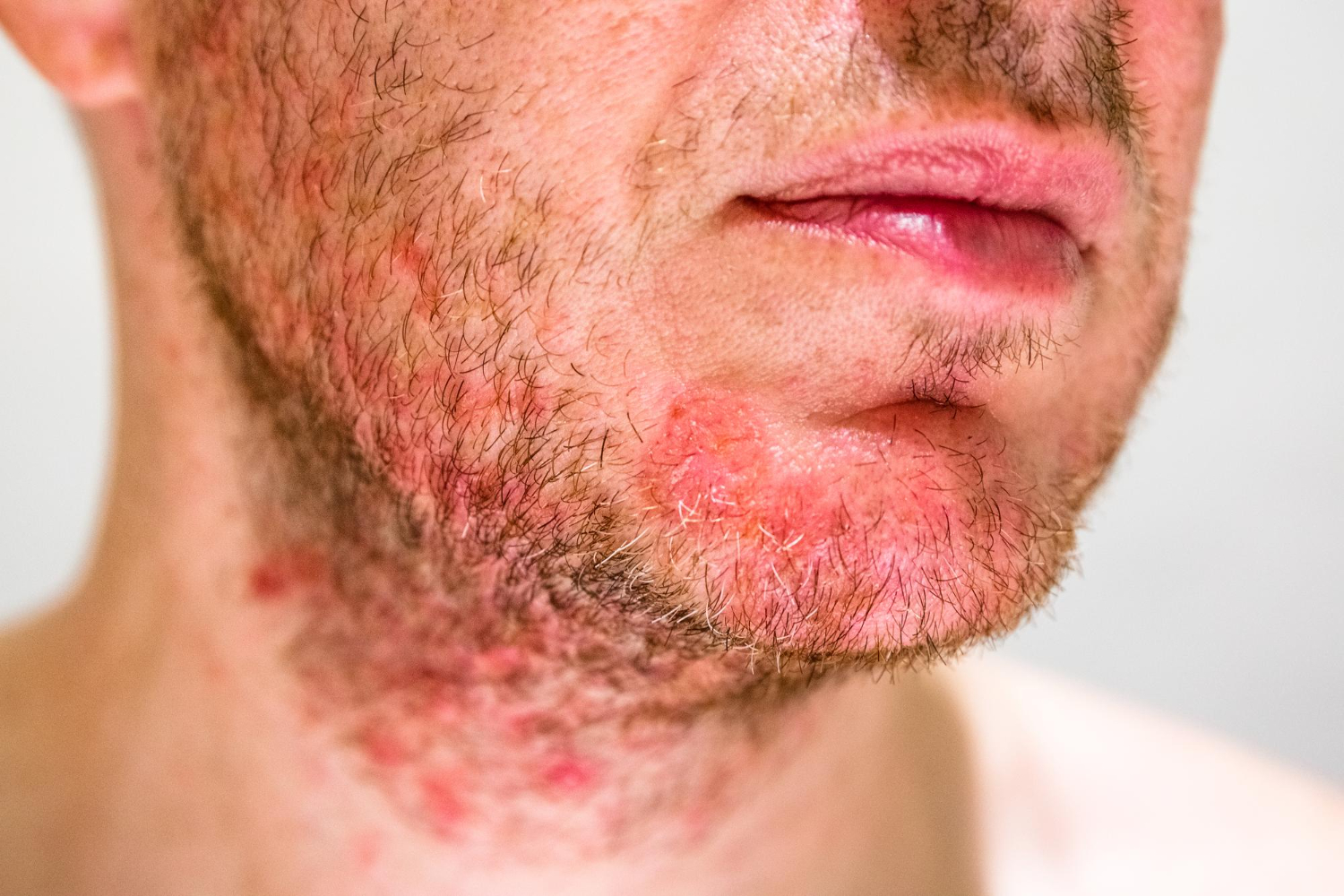
Laser Therapy in Dublin, Ireland: A Professional Approach to Pain Relief and Inflammation Management.
A Professional Approach to Pain Relief and Inflammation Management
Laser therapy is an advanced, non-invasive treatment that has been scientifically proven to alleviate pain and reduce inflammation effectively
It is particularly beneficial for treating soft tissue injuries such as muscle strains, ligament sprains, and tendon tears. But how does laser therapy achieve these results? The therapy utilizes specific wavelengths of light energy to stimulate cellular activity, enhancing blood circulation and accelerating tissue repair at the site of injury. This process, often compared to how sunlight aids plant growth, promotes a cellular response that increases energy production (ATP synthesis) and speeds up metabolic activity. The outcome is a reduction in swelling, improved mobility, and expedited recovery.
Understanding Inflammation
Inflammation is a natural and essential component of the body’s immune response to injury or infection. It is characterized by symptoms such as pain, redness, heat, swelling, and reduced function. In the short term, inflammation is a beneficial mechanism that protects against further injury or infection and facilitates the healing process. For instance, after a mild ankle sprain, inflammation lasting for a few days serves as a protective response, signaling the need for rest and promoting recovery.
However, prolonged or chronic inflammation is problematic. Conditions such as osteoarthritis, rheumatoid arthritis, or Crohn’s disease involve persistent inflammatory responses that are no longer beneficial. In these cases, the immune system remains unnecessarily activated, leading to tissue damage and long-term pain, which can significantly impair an individual’s quality of life
Recognizing Inflammatory Conditions
Inflammatory conditions often present with the following symptoms:
- Pain: Commonly worsened at rest or during periods of inactivity, such as nighttime or early morning.
- Redness and heat: Affected areas may feel warm or appear reddened due to increased blood flow.
- Swelling: This results from the accumulation of inflammatory cells and fluids in the affected tissues.
- Loss of function: Stiffness or restricted movement is common in inflamed joints or soft tissues.
Inflammation tends to improve with moderate movement or exercise. Activities that increase circulation help flush out inflammatory mediators, nourish affected joints, and reduce discomfort. For instance, patients with conditions like osteoarthritis may find relief with controlled physiotherapy exercises that promote joint health.
How Laser Therapy Reduces Inflammation
Laser therapy, also known as low-level laser therapy (LLLT) or photobiomodulation (PBM), is a painless, non-invasive, and drug-free modality. It effectively reduces inflammation and promotes tissue repair by utilizing targeted light energy to stimulate cellular processes. This treatment has demonstrated efficacy in managing acute, subacute, and chronic inflammation, offering relief for a range of musculoskeletal and inflammatory conditions.
Mechanism of Action
Laser therapy reduces inflammation through the following mechanisms:
- ATP Production and Cellular Energy Boost
The light energy delivered during laser therapy penetrates the skin and is absorbed by mitochondria within cells. This stimulates the production of adenosine triphosphate (ATP), which powers cellular functions and repairs tissue. Increased ATP levels accelerate the body’s natural healing processes, reducing inflammation and swelling at the injury site. - Anti-Inflammatory Response
Laser therapy helps regulate inflammatory mediators, such as cytokines, that contribute to swelling and tissue damage. By decreasing the levels of pro-inflammatory molecules and increasing anti-inflammatory factors, laser therapy creates an environment conducive to healing. - Improved Circulation
Laser energy enhances microcirculation, allowing oxygen and nutrients to reach damaged tissues more efficiently. Improved blood flow also facilitates the removal of waste products and inflammatory mediators, further reducing swelling and discomfort. - Pain Modulation Laser therapy desensitizes pain receptors and reduces nerve excitability, blocking pain signals sent to the brain. This provides immediate relief from pain while simultaneously addressing the underlying inflammation.
Benefits of Laser Therapy for Inflammation and Pain Relief
1. Non-Invasive and Drug-Free
Laser therapy is a safe alternative to medications or invasive procedures, making it suitable for patients who prefer a natural, side-effect-free approach to pain relief.
2. Effective for Acute and Chronic Conditions
Whether managing acute inflammation from a recent injury or addressing chronic conditions like arthritis, laser therapy is highly adaptable and effective across a spectrum of inflammatory states.
3. Accelerated Recovery
Laser therapy promotes tissue regeneration by stimulating cellular repair processes. This leads to faster recovery times compared to conventional treatments.
4. Reduces Dependence on Medication
Patients undergoing laser therapy often report reduced reliance on pain medications, minimizing the risk of side effects or dependency associated with long-term drug use.
5. Enhanced Mobility and Functionality
By reducing inflammation and pain, laser therapy enables improved movement and joint function, allowing patients to return to daily activities or rehabilitation exercises more quickly.
When to Consider Laser Therapy
Laser therapy is an excellent option for individuals experiencing inflammation and pain that has not responded well to conventional treatments. It is particularly beneficial for:
- Soft tissue injuries (e.g., muscle strains, tendonitis)
- Joint pain due to arthritis
- Post-surgical recovery
- Sports-related injuries
- Chronic inflammatory conditions (e.g., fibromyalgia, rheumatoid arthritis)


